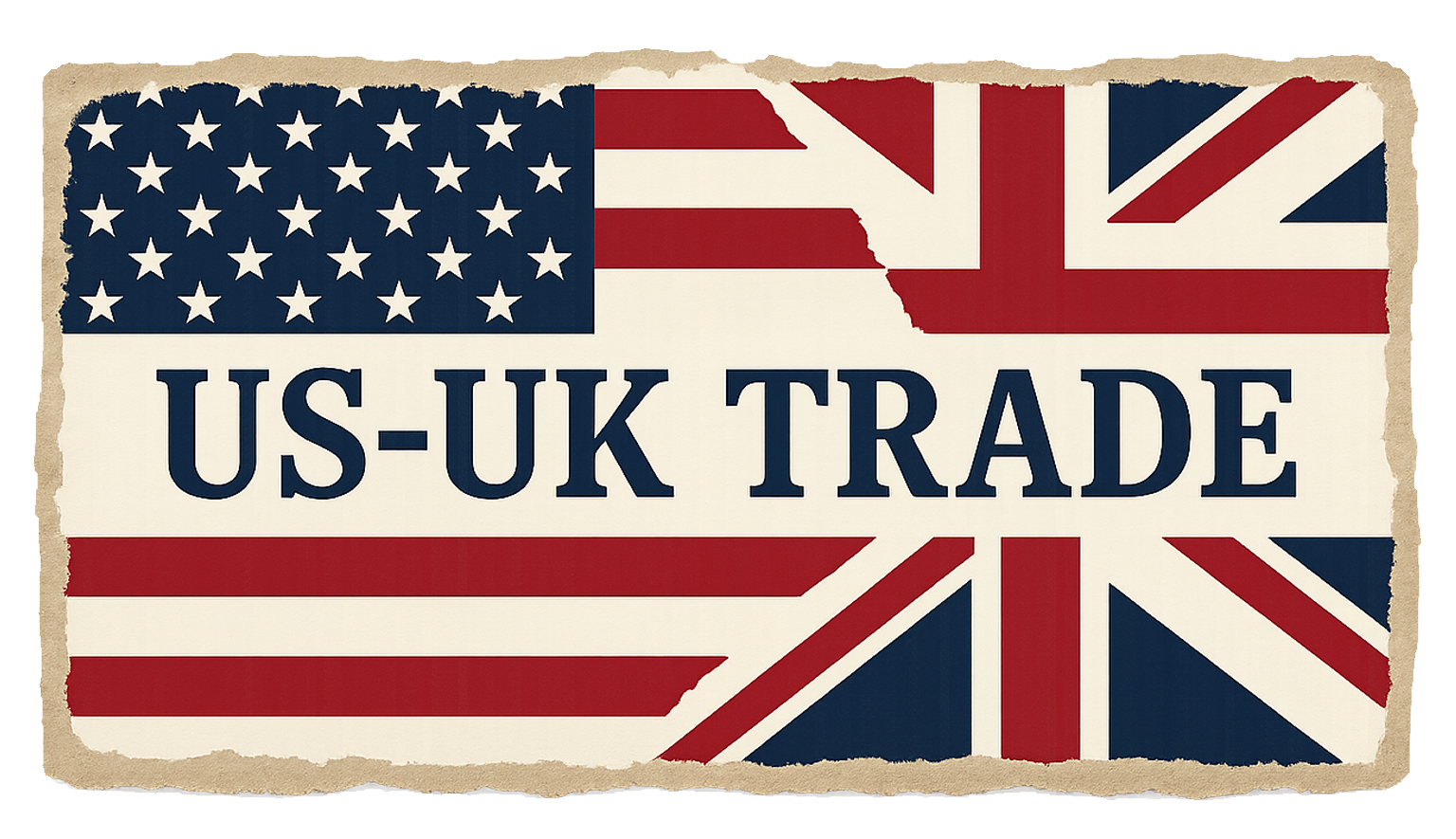US-UK Trade Framework: Regulatory Realities and Asymmetric Gains
An in-depth analysis of the 2025 US-UK Economic Prosperity Deal, exploring regulatory barriers, asymmetric market gains, and strategic blowback for American exporters.
The US-UK Economic Prosperity Deal framework, finalized on May 8, 2025, has been touted as a breakthrough in bilateral trade relations. However, a granular analysis of its provisions reveals structural imbalances that undermine its purported benefits for the United States. While the agreement secures nominal concessions in agriculture and ethanol, these gains are constrained by persistent non-tariff barriers, environmental mandates, and asymmetrical market access that favor British exporters.
Beef Quotas: A Regulatory Mirage: The Hormone Ban’s Constraining Effect
Despite the creation of a 13,000-metric-ton duty-free quota for US beef, the UK’s unwavering ban on hormone-treated beef, maintained since 1989, renders this concession economically marginal. As revealed in a 2024 USDA survey, 80–90% of US feedlot cattle receive growth hormones to meet production targets12. To access the UK market, American ranchers must either:
- Invest in hormone-free supply chains, increasing production costs by 15–20%12.
- Limit exports to niche, premium markets that constitute just 0.2% of annual US beef production (26.4 billion pounds in 2024)34.
UK Prime Minister Keir Starmer explicitly confirmed that hormone-treated beef remains prohibited, with border checks enforcing strict sanitary standards567. As National Farmers’ Union president Ian McCubbine noted, the quota represents a “rounding error” for British producers, while US exporters face prohibitive compliance costs32.
Ethanol Exports: Carbon Metrics Nullify Tariff Relief
The RTFO’s Carbon Ceiling
While the deal eliminates the UK’s 19% tariff on US ethanol, it fails to address the Renewable Transport Fuel Obligation (RTFO), which prioritizes biofuels with carbon intensity below 20gCO₂e/MJ8910. US corn-based ethanol, with a carbon score of 43–58gCO₂e/MJ, faces inherent disadvantages compared to:
UK fuel suppliers face financial penalties if their biofuel mix exceeds RTFO thresholds, incentivizing them to bypass US ethanol despite tariff relief910. Additionally, the UK’s 10% ethanol blend limit (E10) caps annual demand at ~1.4 billion liters—a market already saturated by domestic wheat-based production911.
Strategic Misalignment with SAF Mandates
The UK’s Sustainable Aviation Fuel (SAF) Mandate, effective January 2025, further marginalizes US ethanol by requiring aviation biofuels to achieve 70% GHG savings versus conventional jet fuel11. Corn ethanol’s high carbon intensity disqualifies it from this growing market, leaving the US reliant on stagnant road fuel demand.
Tariff Asymmetry: Hidden Costs for US Manufacturers
Automotive Sector Quotas
The framework’s automotive provisions reveal a lopsided dynamic:
- US Concession: Reduces tariffs on UK auto imports from 27.5% to 10%, with a 100,000-vehicle annual quota12.
- UK Advantage: Exported $18.1B worth of vehicles to the US in 2024—nearly six times US exports to the UK12.
While Jaguar Land Rover resumed shipments post-deal, the quota (100,000 vehicles) nearly matches 2024 export volumes, capping growth potential12. Meanwhile, US automakers face intensified competition from British brands in their home market.
Pharmaceutical Disparities
The UK’s pharmaceutical exports to the US ($24.7B in 2024) dwarf American pharmaceutical exports ($12.4B)13. The framework leaves US tariffs on UK pharma unchanged while securing only vague commitments on “secure supply chains”—a win for British manufacturers like AstraZeneca and GSK13.
Strategic Blowback: Eroding Global Trade Norms
EU Retaliation and WTO Precedent
By accepting the 10% US tariff baseline, the UK has inadvertently legitimized Trump’s unilateral revision of Most Favored Nation (MFN) rates under WTO rules. The European Union has already announced $9B in retaliatory tariffs targeting US agricultural exports, citing WTO Article XXI security exceptions141516. As CFR analyst Edward Alden observed, this undermines America’s moral authority to challenge Chinese protectionism1718.
China’s Escalating Leverage
Beijing has exploited the US-UK framework to justify its 145% tariffs on US agricultural goods, including soybeans and pork17. With the UK deal normalizing tariff hikes, China gains diplomatic cover to maintain these measures during ongoing negotiations.
Conclusion: Pyrrhic Victories and Structural Failures
The US-UK trade framework exemplifies the limitations of tariff-centric strategies in a world dominated by regulatory and environmental standards. Key takeaways include:
- Non-Tariff Barriers Trump Market Access: Without SPS harmonization, US agricultural concessions remain theoretical.
- Carbon Accounting Reshapes Trade: Environmental metrics like the RTFO are becoming de facto trade barriers that tariff reductions cannot overcome.
- Asymmetric Gains Favor the UK: British manufacturers in automotive and pharma benefit disproportionately from tariff reductions, while US exporters face regulatory headwinds.
For American workers and producers, the deal offers marginal benefits obscured by political theatrics. As the ethanol and beef provisions demonstrate, market access without regulatory alignment is an empty promise. The path forward requires abandoning zero-sum tariff wars and investing in joint standards development—a lesson this framework has yet to absorb.
The EU’s impending countermeasures and China’s entrenched tariffs signal that America’s tariff-first approach may yield diminishing returns, leaving US exporters increasingly isolated in a fragmented global market.
TLDR for Jason… you’re wrong. -Lib
